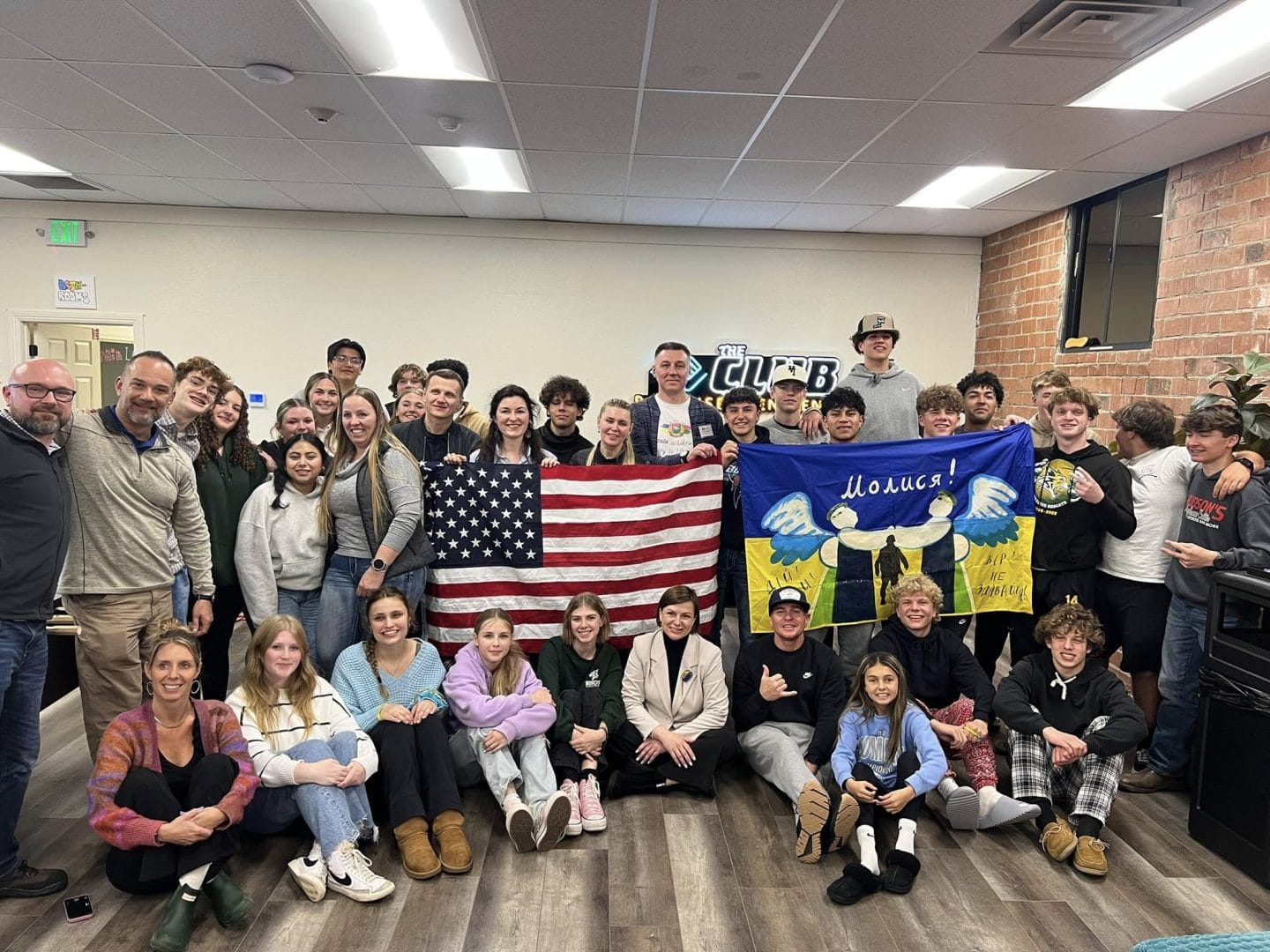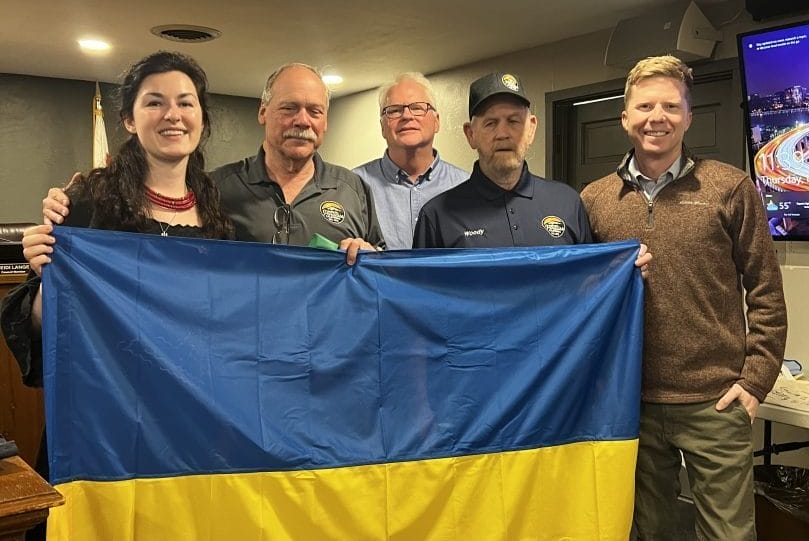This website uses cookies so that we can provide you with the best user experience possible. Cookie information is stored in your browser and performs functions such as recognising you when you return to our website and helping our team to understand which sections of the website you find most interesting and useful.
New partnerships of Ukrainian cities in California Paradise

Representatives of Luhansk, Kyiv, Kharkiv, and Zaporizhzhia regions worked in Paradise, California, as part of the Open World program. The city of Paradise was burned to the ground in a large-scale fire and is now being rebuilt from scratch. The city’s community has shared their experience of rebuilding and is open to establishing partnerships with Ukrainian cities, schools, art institutions, and the public sector.
“The Open World Program is a partner of Cities4Cities. We join forces to increase the number of Ukraine-US partnerships. This is a unique program that begins with meetings in Washington and continues in different US cities, where you can both learn from the experience of governance and have a chance to establish new partnerships,” says Svitlana Blinova, Cities4Cities coordinator.
The Community Development group worked in Paradise, California. The delegation from Ukraine was hosted by the Paradise Rotary Club.
Paradise burned down almost completely at the end of 2018 due to a large-scale fire, killing 85 people. In 2018, it was the most expensive disaster in the world in terms of damage. In 6 years, the community of Paradise has done the impossible – rebuilt the city from the ashes. Moreover, recently World Atlas named Paradise one of the best places to live in 2025. Out of 26,000 residents, 11,000 have already returned to the community, many of them young families who had never lived here before.

What we learned from Paradise City:
- The best schools are an opportunity to bring young families back to the city. The city decided that their priority was to bring young people back to the community. And a great way to do this is to rebuild schools and kindergartens to be the best in the district. And they succeeded, we met young families who moved here from other cities only because of the excellent schools.
- Maximum involvement of residents in the reconstruction strategy. The recovery strategy was developed together with residents, and we held many joint meetings to develop strategic documents.
- Involvement of children and youth in the recovery process. The US generally has a very strong culture of volunteering, and we saw this in Paradise. There are charity events in the city where children volunteer to raise funds. The youth Rotary community is active. We saw a great case of capturing children’s involvement – the Rebuild Paradise Foundation created a wall with children’s handprints in the city center.


- Working with the media is important. For a long time, the city had a reputation as a “city that burned down completely.” The media mostly showed photos of the ruins. Of course, this did not attract young families to move. So, they worked on stories of recovery and shared them on social media and with journalists. And it worked.
- Nature, art and culture help rehabilitation. Of course, the loss of their homes and the difficult evacuation left its trauma on the residents of Paradise. Although the city was completely destroyed by fire and reconstruction is expensive, the local community decided to rebuild parks, an art center, and a museum, as this helps rehabilitate.
- Support for small businesses. Now there are more small family businesses in Paradise – taxes fill the budget, and residents have income. The city community and the bank support them in this by conducting trainings and accompanying them in the process.
- It is important to learn lessons. Paradise learned many lessons from the fire: they installed a warning system, rebuilt roads with evacuation routes in mind, moved all communications underground, rebuilt houses using fireproof technologies, and now have thousands of video surveillance cameras in the mountains to monitor possible new fires. They are also creating a “green belt” for the city, surrounding it with parks so that in the event of another fire, the green zone can stop it.
When children were evacuated from schools, there was a lot of smoke inside the bus and it was dangerous. People shared 1 bottle of water and their own clothes to make a breathing filter. Now, for example, the president of the school district always carries a whole pallet of water with her. Just in case.
“We have established warm contacts with the city of Paradise itself, Rotary clubs, schools, and art institutions, and they are all open to establishing partnerships. It is the twinning between us that will help us to better study the experience of resilience and the experience of reconstruction. This trip also showed the importance of personal meetings – we felt as if we had found those who understand us in the big world. After all, these people were also losing their homes and looking for their children without any connection. We also saw the level of support for Ukraine. The twinning between the cities is what continues to build trust between Ukraine and the United States, no matter what happens,” says Svitlana Blinova.

Prof. Dan Davidson, PhD, Harvard, who lectured to the delegates in Washington, said: “The idea of sisters cities goes beyond international politics and focuses on people-to-people connections. We share opportunities, paying attention to local initiatives. This applies to almost all levels: schools, teachers, universities, the business community and, importantly, municipal governments. This is incredibly important work.”
As a reminder, Cities4Cities establishes Ukraine-US partnerships in partnership with the Peace Corps, the Open World Program, and ICMA.
